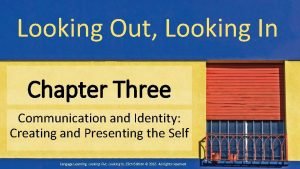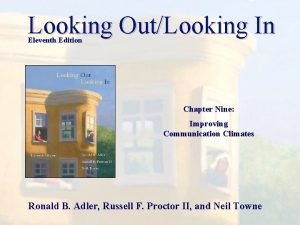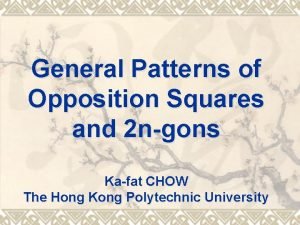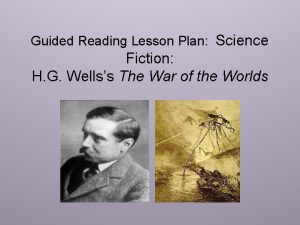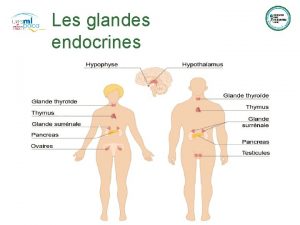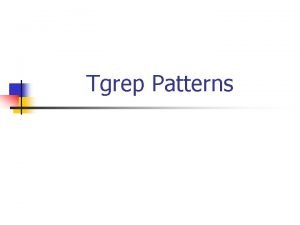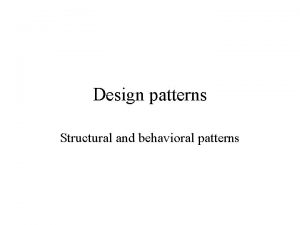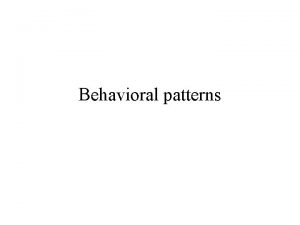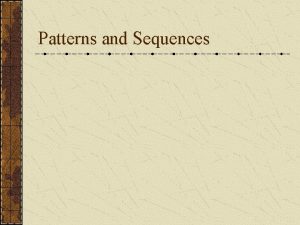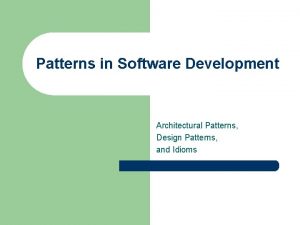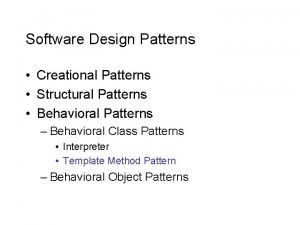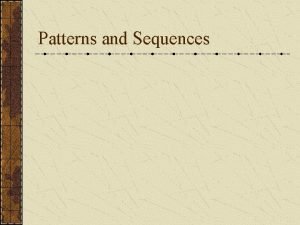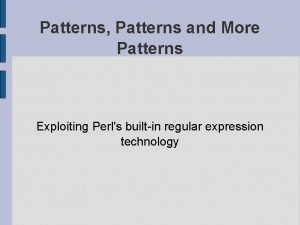LOMS 8 th Grade Science Looking for Patterns














- Slides: 14

LOMS 8 th Grade Science Looking for Patterns in Data: Volcanoes and Earthquakes Activity

Background Info • Plate movement can alter Earth systems and produce changes in Earth’s surface. These changes include deformation of the crust, faults, mountain building, land subsidence, and volcanoes. Scientists try to predict the Earth features, or landforms, that will developing an area by studying the plates around the area and how they move. • Plate movements produce powerful forces that push, pull, bend, and twist the lithosphere. They produce stress in rock. • Stress is a force that adds potential energy of rock until the rock changes shape or breaks and moves.

Purpose. Identify, describe, and analyze patterns in data collected on earthquakes and volcanoes. Problem: Is there a pattern in the location of and volcanoes? Terms to Know: Earthquake Longitude Latitude Plate Tectonics Volcano Plates Mantle Crust Lithosphere

Review of Longitude and Latitude • To find a point on Earth’s surface, mapmakers use a reference system similar to the grid of squares on a checkerboard. • The grid is made up of two types of imaginary lines. • Lines of latitude run east to west around the globe, while lines of longitude run north to south. • Lines of latitude are sometimes called parallels because they run parallel to each other. • In the middle of the globe is a parallel known as the equator. • The equator divides Earth into two halves – the Northern and Southern hemispheres.

• The equator is the starting line for measuring distances north or south. • Distances are measured in units called degrees. • The equator is 0° latitude • The farthest distance north of the equator is 90° north latitude, the location of the North Pole. • The farthest distance south of the equator is 90° south latitude, the location of the South Pole. • If you look on a globe, you see that , unlike lines of latitude, lines of longitude are not parallel. • Lines of longitude run north to south and meet at the poles.

• The prime meridian is a line of longitude that passes through Greenwich, England. • Places east of the prime meridian are in the Eastern hemisphere. • Places west of the prime meridian are in the Western hemisphere. • The prime meridian is at 0° longitude, the starting line for measuring longitude. • Longitude lines in each hemisphere are numbered up to 180°. • At 180° east or 180° west lies a single longitude line that is directly opposite the prime meridian.

• Every point on Earth’s surface has a particular latitude and longitude. By finding the point where a latitude line crosses a longitude line, you can determine where a give place is located.

Materials 1. Map Pencils 2. Marker 3. Activity Packet 4. World Map 5. Reference Map of Major Crustal Plates

Procedure 1. Use a map pencil to plot the earthquake data on the world map. 2. Use a different color map pencil to plot the volcano data on the world map.

See your packet for world map.

EARTHQUAKES VOLCANOES Latitude Longitude 40 N 120 W 60 N 150 W 5 S 110 E 35 S 70 W 4 S 77 W 45 N 120 W 23 N 88 E 15 N 61 W 14 S 121 E 20 N 105 W 7 N 34 E 0 75 W 44 N 74 W 40 N 122 W 30 S 70 W 40 N 30 E 45 N 10 E 30 N 60 E 13 N 85 W 55 N 160 E 23 N 125 E 3 S 37 E 35 N 30 E 40 N 145 E 35 N 140 E 10 S 120 E 46 N 12 E 41 N 14 E 28 N 75 E 55 N 105 E 61 N 150 W 5 S 35 E 47 S 68 W 30 S 70 W

Data Analysis 1. 2. 3. 4. 5. 6. Observe the pattern of earthquakes and volcanoes over the surface of the Earth. Are they scattered at random or are they concentrated in certain areas? Describe your observations. Explain your observation. Why do the earthquakes occur in these areas. Use the reference map to draw the major crustal plates of the Earth on your world map. Label the names of the plates. Observe the pattern of earthquakes and volcanoes in relation to the crustal plates. Are they scattered all over the plates or is there a pattern? Describe your observations. Draw arrows on your map showing the direction of plate movement. Is there a relationship between the direction of movement and pattern of earthquakes? volcanoes? Describe and explain.

Major Crustal Plates Reference Map

Simplified View of Plates
 Impressions examples
Impressions examples Looking out looking in chapter 9
Looking out looking in chapter 9 Patterns of opposition
Patterns of opposition What's your favourite school
What's your favourite school Looking at science fiction lesson plan
Looking at science fiction lesson plan Contemporary dating patterns are formal patterns
Contemporary dating patterns are formal patterns Closed patterns and max-patterns
Closed patterns and max-patterns Fspos vägledning för kontinuitetshantering
Fspos vägledning för kontinuitetshantering Novell typiska drag
Novell typiska drag Tack för att ni lyssnade bild
Tack för att ni lyssnade bild Ekologiskt fotavtryck
Ekologiskt fotavtryck Varför kallas perioden 1918-1939 för mellankrigstiden
Varför kallas perioden 1918-1939 för mellankrigstiden En lathund för arbete med kontinuitetshantering
En lathund för arbete med kontinuitetshantering Underlag för särskild löneskatt på pensionskostnader
Underlag för särskild löneskatt på pensionskostnader Personlig tidbok fylla i
Personlig tidbok fylla i
